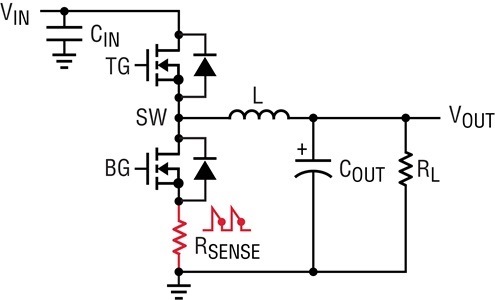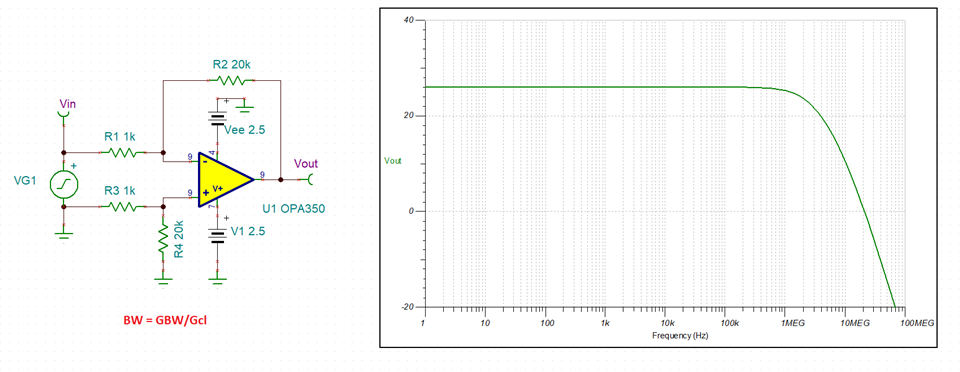Hi, a few questions regarding using OPA350, thanks!
1. is there any concern to use OPA350 for current sensing amplifier for a DCDC converter as shown below. OPA350 datasheet typical application doesn't include current sensing amplifier, so I am concerned.

2. if it is configured as this and the gain is configured to be 20, what is the available bandwidth. The definition of gain-bandwidth-product is open loop, but this is close loop, so i am confused.



